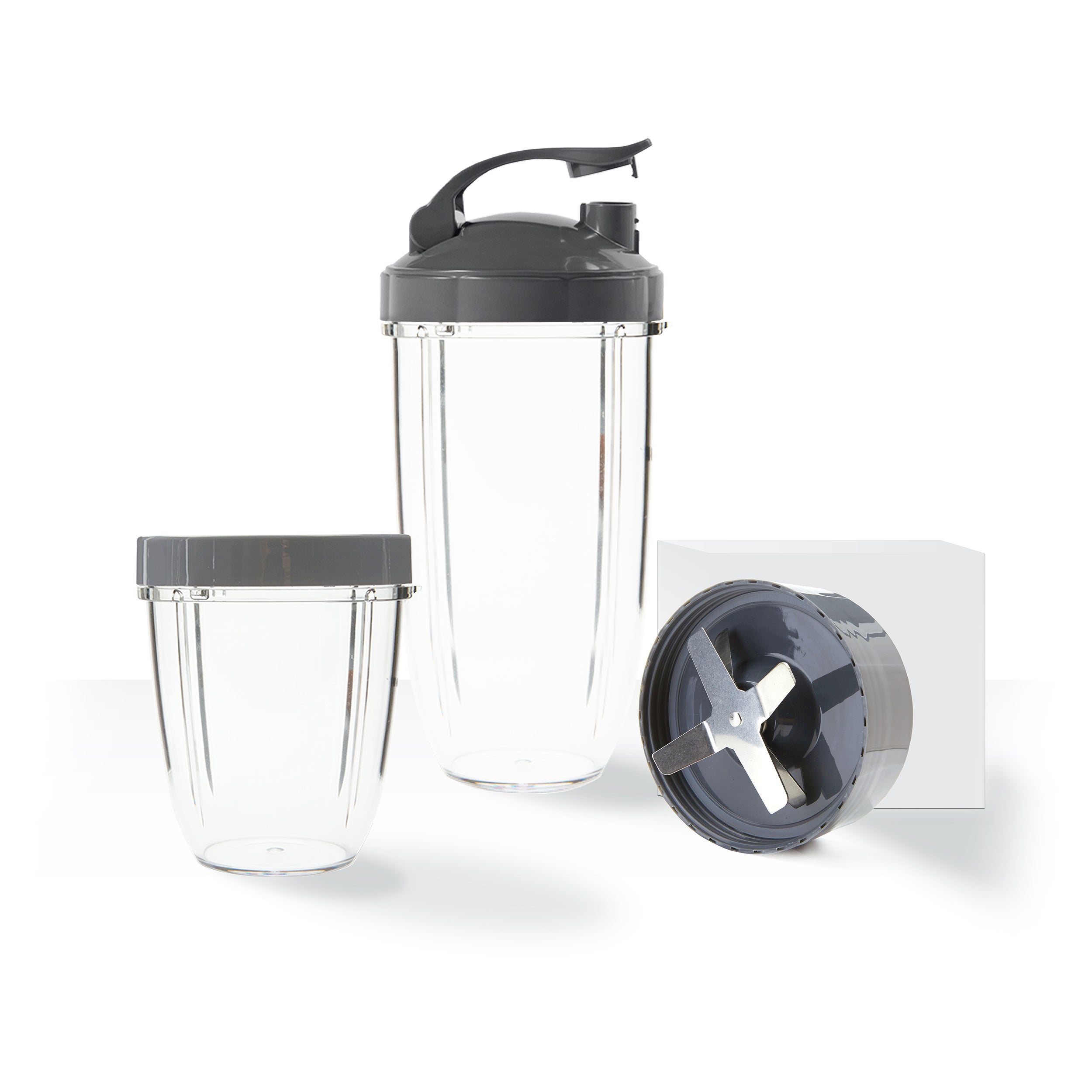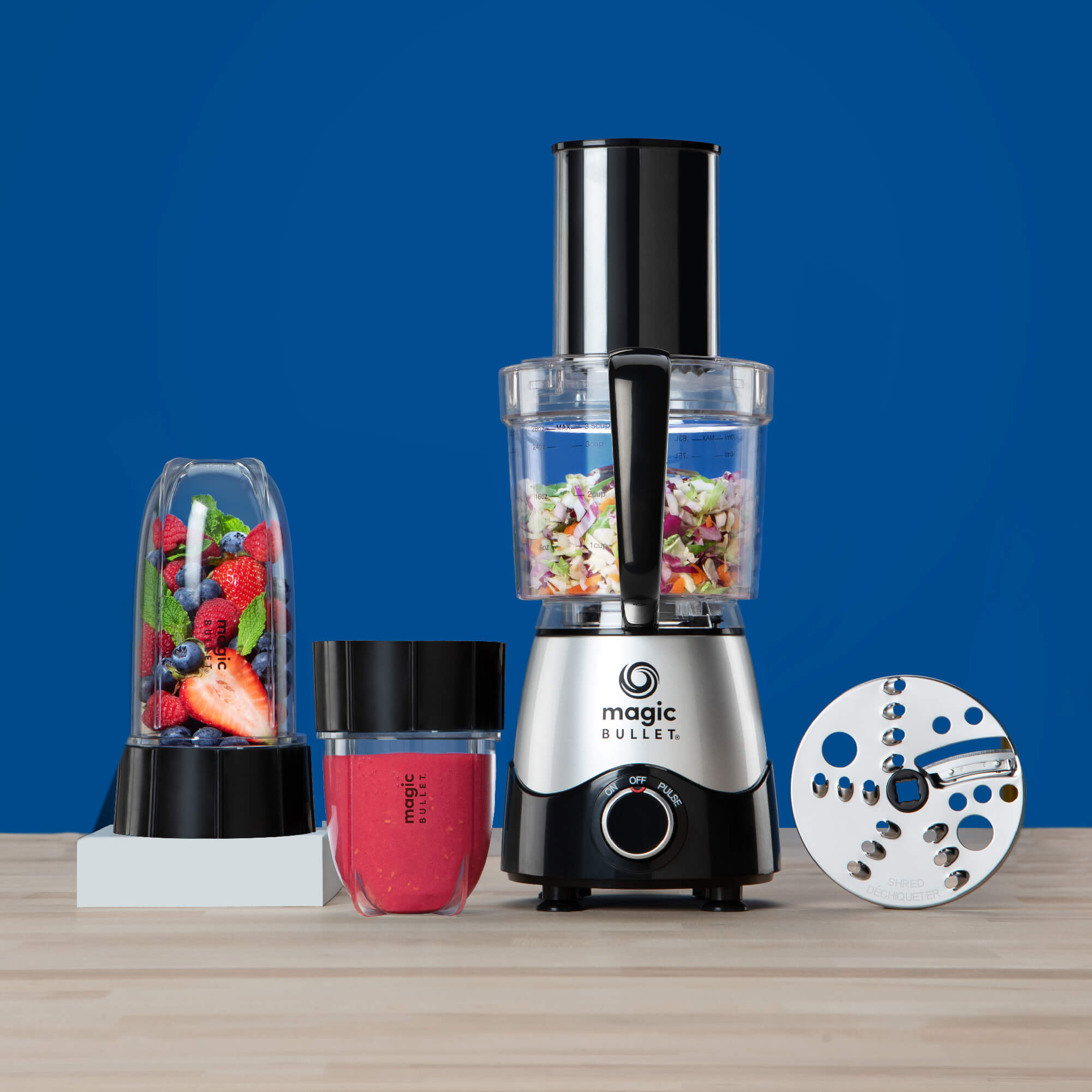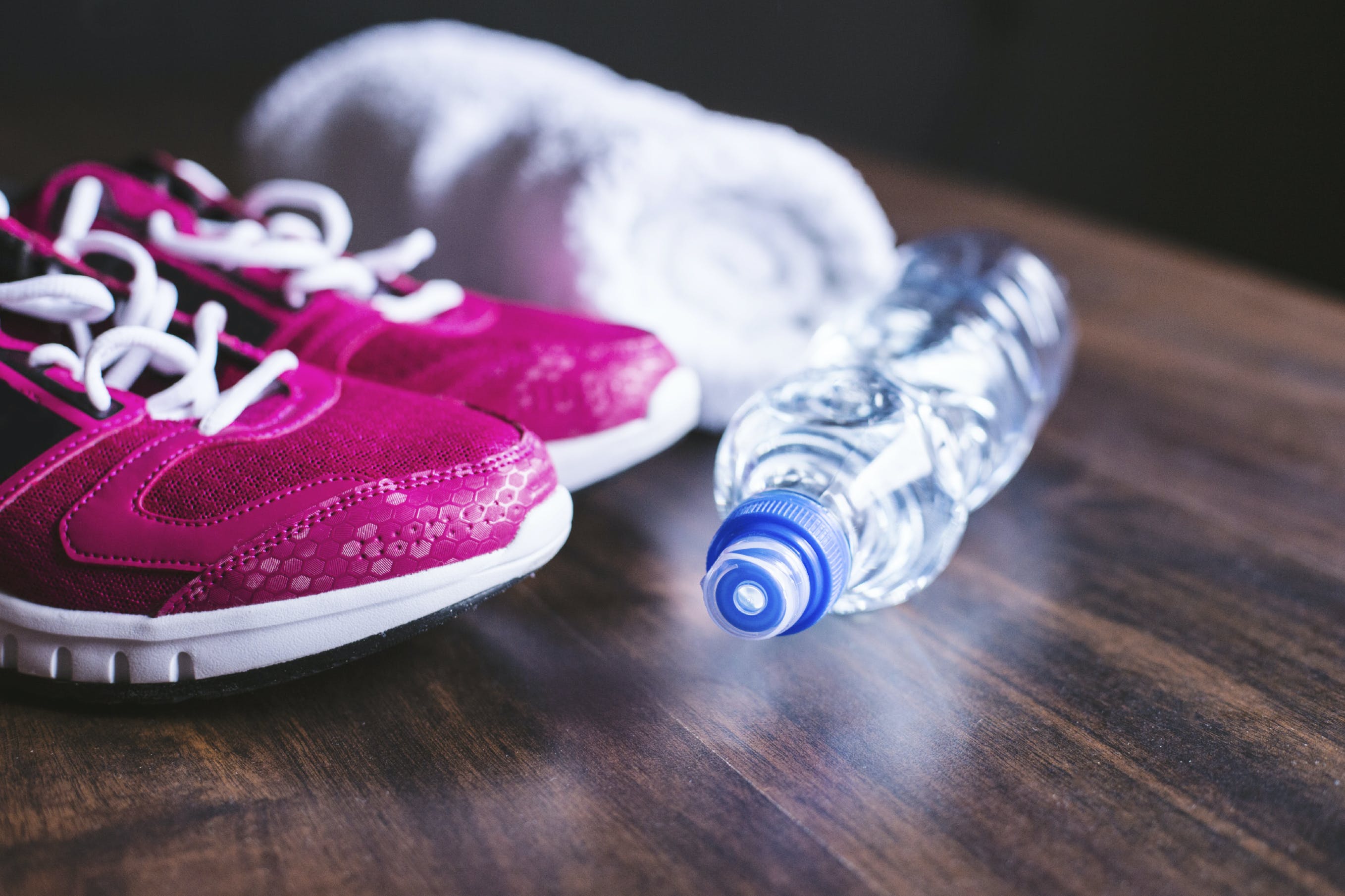Sitting is the most underrated health threat of our time. It has been unmasked as a major risk factor for early death and chronic disease. Some have called sitting, the new smoking. It’s really more like sun exposure, in that a short amount may be good for you, but too much is deadly. “But wait,” you protest, “I may sit all day at work, but I exercise three times a week.” The bad news is that exercise is not an antidote for sitting; it doesn’t negate the risk. Sitting, itself, is an independent risk factor for disease, apart from too little exercise.
Our lives are one big sit-fest. For work, we sit in our cars or commute on the bus, and we sit at our computers, in meetings and on conference calls. At home, we sit at the table for dinner, on the couch while watching TV and then possibly back onto a computer. And socializing means sitting with friends for coffee or a beer. Although the research into sitting is still in its infancy, the data is overwhelming. Professor David Dunstan, Head of the Baker IDI Heart & Diabetes Institute in Australia, has studied sedentary behavior for the past 14 years. He’s one of the key participants in the multi-country group that recently released the first guidelines for office workers.
How long can you sit before it’s too much? Although this is still unclear, the data suggests that after six hours, the health risks rise dramatically for every extra hour. Yet, for most of us, sitting for eight to ten hours a day is a norm.
What Happens When You Sit?
Sitting triggers multiple and concurrent effects within your body.
- Your body takes longer to burn calories.
- Your good cholesterol decreases.
- Your ability to process fat is reduced.
- Your insulin’s processing of blood sugar decreases.
As soon as we sit down, the electrical activity in our leg muscles shuts off. That muscular activity is so important for most of the body’s metabolic processes, including clearing blood glucose and fat. When we sit for long hours, we reduce the blood flow throughout the whole body.
The good news is that there are simple, innovative ways to avert the deadly effects of sitting. Here are five of the best approaches:
-
Change your workspace configuration.
Although an increasingly popular approach is to switch to a standing desk, it’s quite a radical change for most people. Many people prefer a sit-stand desk which allows you to alternate. Even more dramatic are treadmill desks, which may become more accessible and affordable in the near future. In the meantime, utilizing an exercise ball for part of the day is an effective way to use more leg and core muscles and burn off extra calories. -
Interrupt your day.
Break up prolonged sitting times with short bursts of activity. Use the stairs every time you need to go to a meeting or in and out of the office. Take a brisk walk during your lunch break or at least enjoy your lunch away from your desk. Walking increases your blood circulation and your metabolic rate while helping you burn fat. And taking the stairs is even more beneficial. Break up your day into 30 minute blocks of sitting and set an alarm to remind you to get up. -
Take frequent stretch breaks.
Get up from your desk and stretch your muscles every 30 to 60 minutes. This provides an opportunity to take a breath and push your ‘pause’ button for a few moments. Moreover, it’s a highly effective way to stimulate your muscle and nerve functions. This increases the flow of blood throughout your body and brain, thus clearing waste products, glucose and fat from your bloodstream. -
Stand more often.
The key target for change is the workplace. It’s not necessarily about having funky equipment – a lot of it is about the culture within an organization. It should be okay to stand while you’re on the phone or have a standing area where people can use their laptops away from their sitting desks. You can also go through your emails and complete routine tasks whilst standing. Standing increases your energy levels, but simply swapping sitting for standing is not the only answer, as static standing has its own problems such as exacerbating back pain. So don’t stay stuck in any one position. Move around, stand and sit for shorter bursts. -
Try walk-and-talk” meetings.
It does sound strange at first, but the walking meeting is growing in popularity. It’s obviously not recommended for formal meetings or with new clients, but there’s no reason for not trying this out for less formal interactions. Schedule a “walk and talk’ session to explore an idea with a colleague instead of conversing via phone, email, or in a cubicle.
Regardless of how much you exercise or how healthy your diet is, long periods of sitting will cause serious health problems. You can buffer the toxic effects of excessive sitting and significantly enhance your health by simply building movement and adding regular breaks into your daily routine. Don’t let the sitting disease erode your health.
Nutritional information
Recipe: Creamy Green Strawberry Dream Serving in this recipe:1
- Calories: 236.6
- Total Fat: 3.6 g 5.5%
- Saturated Fat: 0.4 g 1.9%
- Cholesterol: 0 mg 0%
- Sodium: 358.7 mg 14.9%
- Total Carbs: 45.7 g 15.2%
- Dietary Fiber: 9.9 g 39.4%
- Sugar: 22.1 g
- Protein: 8.1 g 16.2%
- Vitamin A: 481.9% Vitamin C: 244.1%
- Calcium: 68.5% Iron: 26.1%
* Percent Daily Values are based on a 2,000 calorie diet. Your daily values may be higher or lower depending on your calorie needs.




























